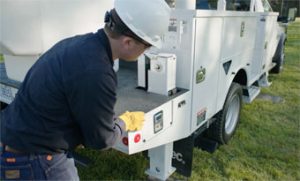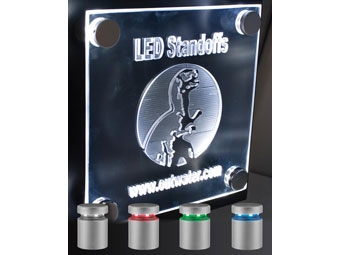 A question that many sign shop owners may ask themselves is whether it’s better to lease or buy business equipment? Which is a better decision in the long run?
A question that many sign shop owners may ask themselves is whether it’s better to lease or buy business equipment? Which is a better decision in the long run?
The folks over at Nav—the free, modern way for business owners to manage their business credit and get streamlined access to financing—have compiled a guide to the pros and cons of leasing versus buying equipment.
Above all, Nav says business owners need to determine what matters to them: having steady cash flow and a lower monthly payment? Having an asset on your balance sheet that you can sell down the road? Being able to turn in equipment and buy the latest technology?
There are some key differences between leasing and buying that you should be aware of. The primary difference between buying and leasing equipment is that with the former, you own the asset until you sell or dispose of it. With leasing, you have access to the equipment for the life of the lease, and then you give it back to the company you leased it from—unless they offer you the option of purchasing the equipment at the end of the lease.
Many businesses prefer to lease equipment because it helps them conserve cash flow (typically lease payments are lower than purchase payments), though there are benefits to ownership as well.
Read the full article to find out more about the differences between leasing and buying business equipment as well as the advantages/disadvantages that come with both options.
To learn even more about financing equipment, check out our article on the subject, “Equipped for Financing.”
We also recently released a new Shop Talk podcast episode where we interviewed Gerri Detweiler, Education Director for Nav, about everything you need to know about business financing and credit. Give it a listen!
Featured photo by Oladimeji Ajegbile from Pexels










